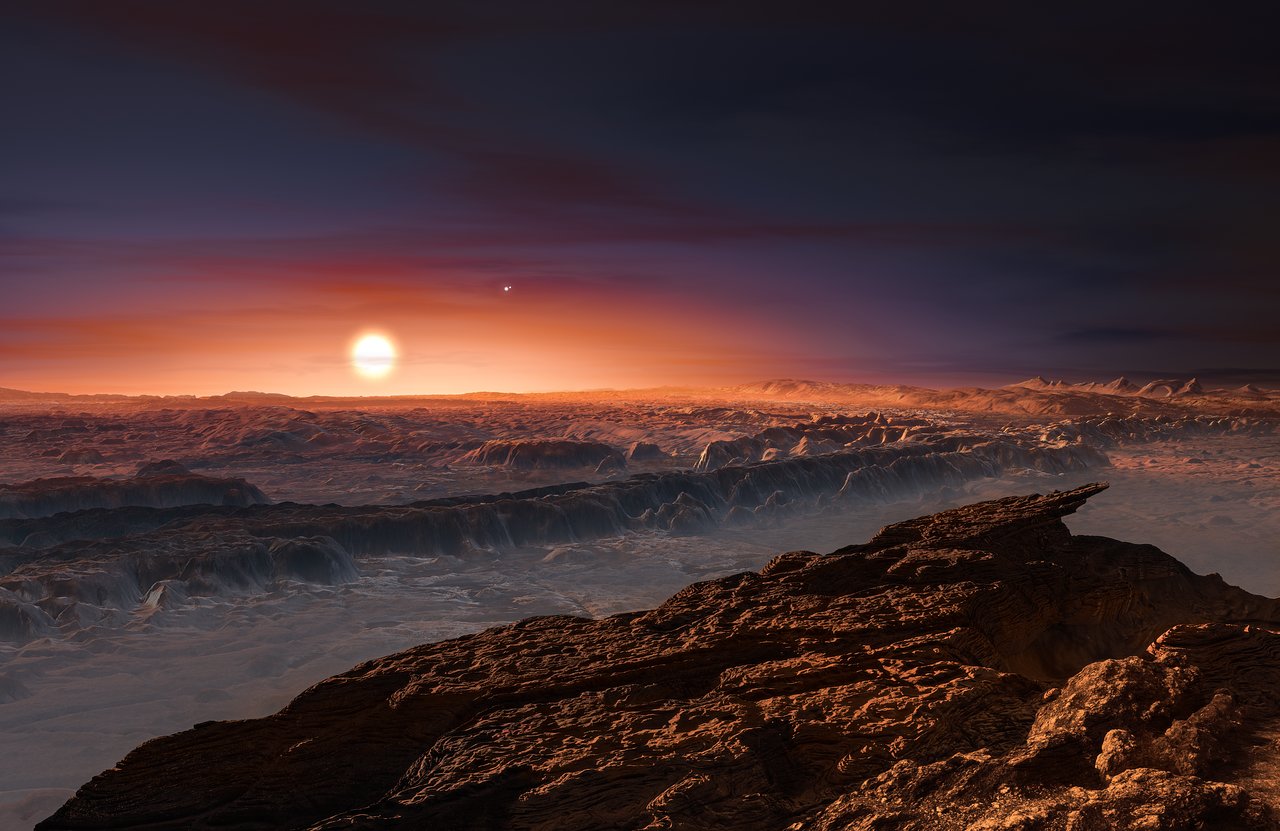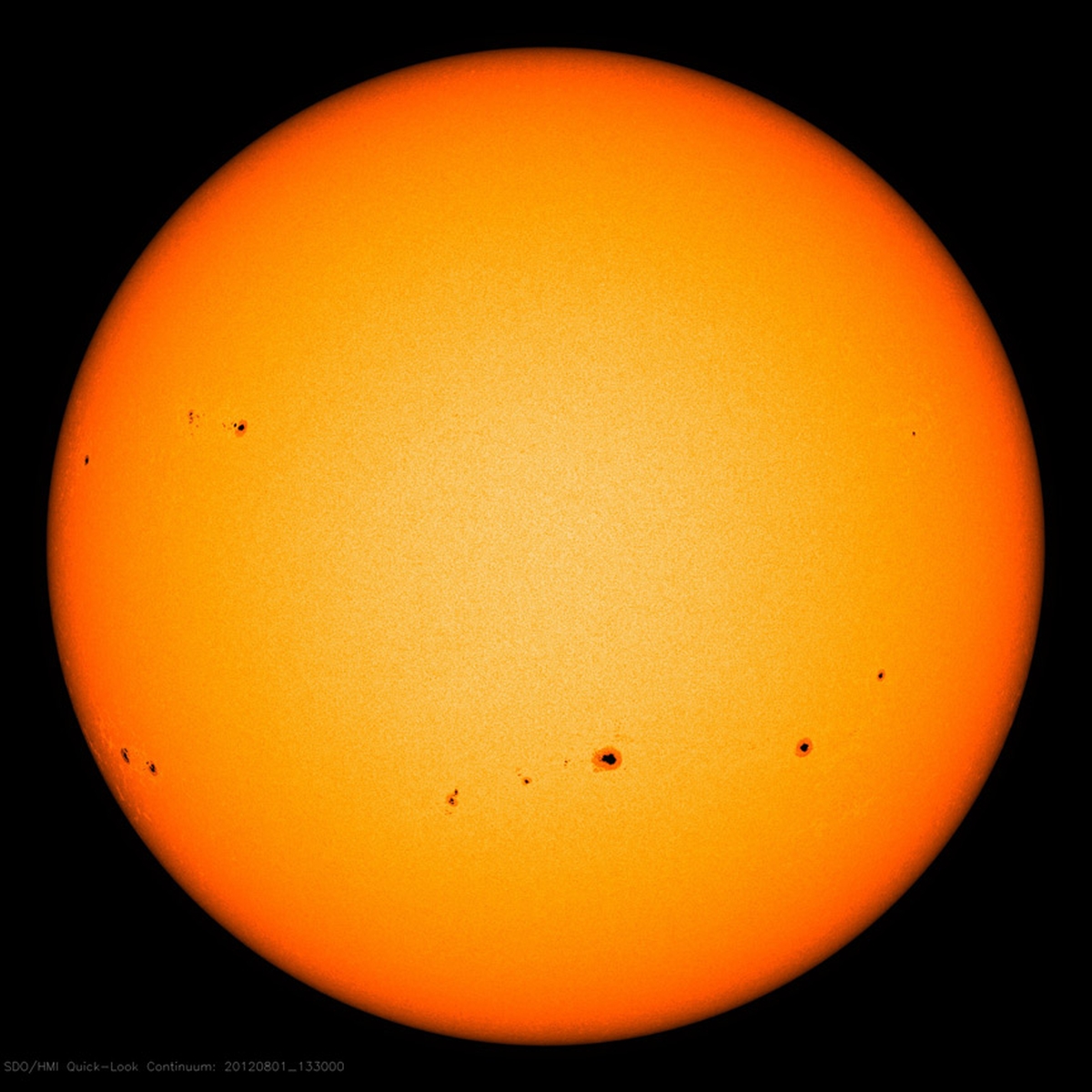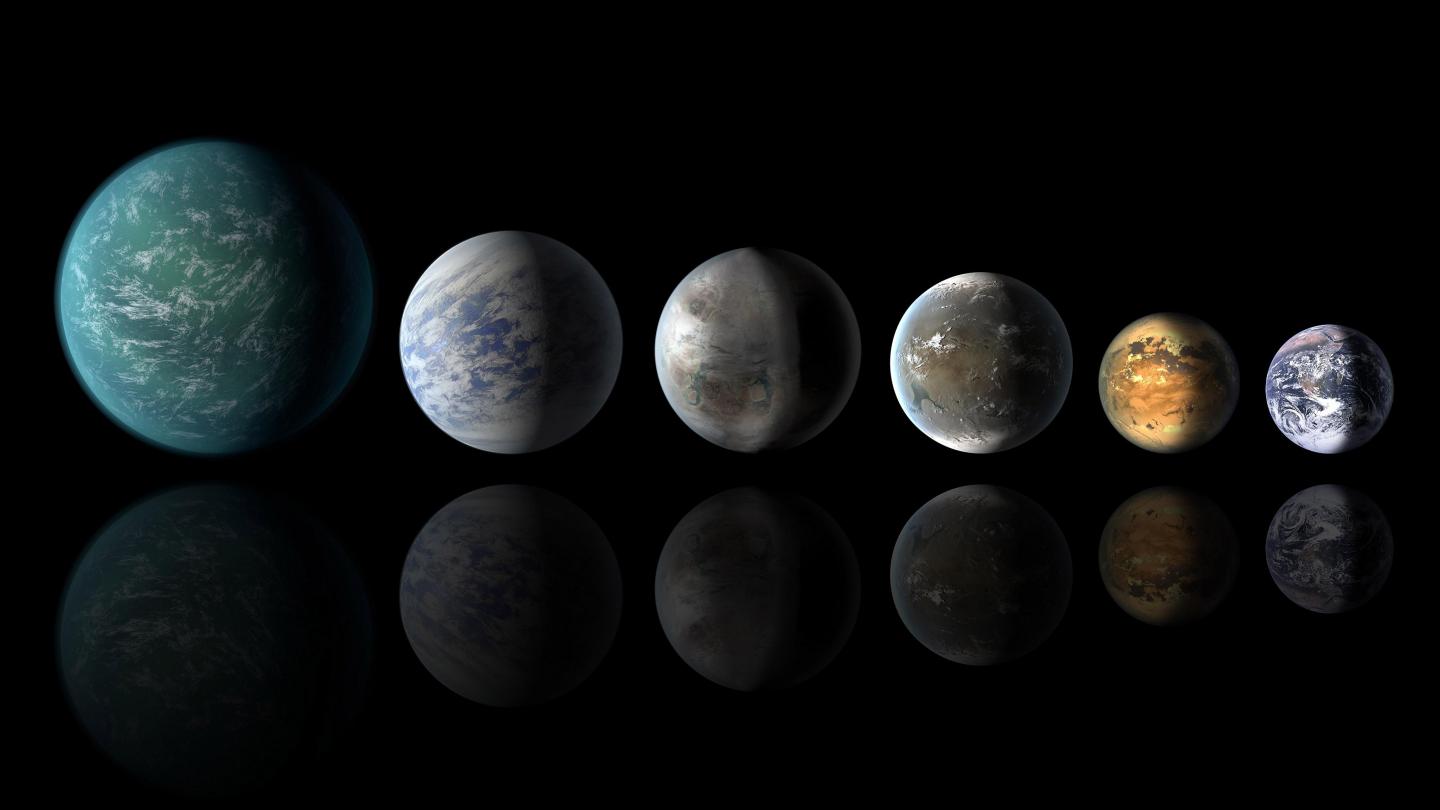When exploring other planets and celestial bodies, NASA missions are required to abide by the practice known as “planetary protection“. This practice states that measures must be taken during the designing of a mission to ensure that biological contamination of both the planet/body being explored and Earth (in the case of sample-return missions) are prevented.
Looking to the future, there is the question of whether or not this same practice will be extended to extra-solar planets. If so, it would conflict with proposals to “seed” other worlds with microbial life to kick-start the evolutionary process. To address this, Dr. Claudius Gros of Goethe University’s Institute for Theoretical Physics recently published a paper that looks at planetary protection and makes the case for “Genesis-type” missions.
Continue reading “Seeding the Milky Way with Life Using Genesis Missions”








